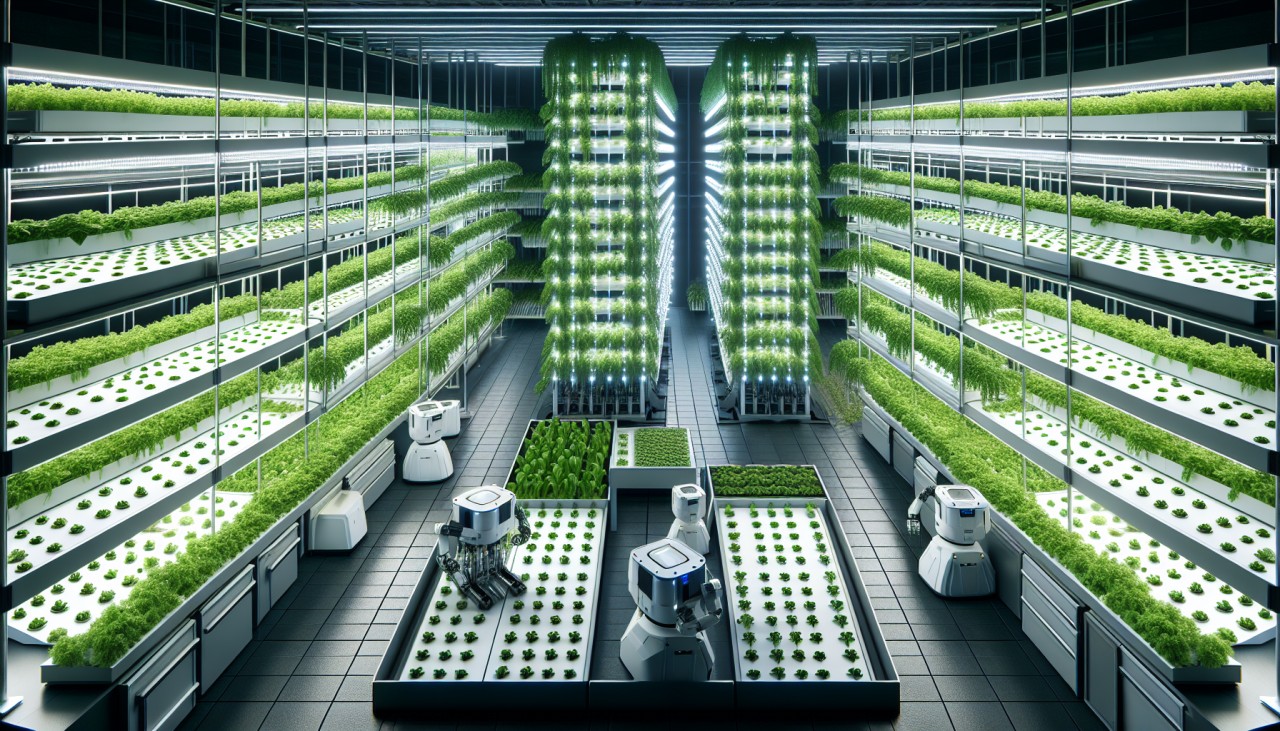


Vertical farming is transforming agriculture by integrating advanced technologies to boost sustainability and efficiency. In 2025, the sector has seen significant advancements, particularly in yield optimization. Leading operators have reported yield increases of 10–20% compared to 2023, thanks to the adoption of advanced sensor networks, AI-driven climate control, and precision nutrient delivery systems. These innovations are especially effective for crops like leafy greens, herbs, and microgreens, which are well-suited to controlled environments. The integration of machine learning algorithms for real-time crop monitoring and adaptive management has also been a game-changer, enabling data-driven optimization that reduces input waste by up to 30% while maintaining or improving crop quality. Additionally, the use of dynamic LED lighting tailored to specific crop growth stages has become standard practice, maximizing photosynthetic efficiency and minimizing energy consumption. This approach not only enhances productivity but also contributes to energy conservation efforts.
The environmental benefits of vertical farming are equally compelling. Closed-loop water and nutrient recycling systems have enabled leading operators to achieve water use reductions of up to 95% compared to traditional agriculture. This is particularly crucial in regions facing water scarcity, where vertical farming offers a sustainable alternative. Moreover, partnerships between vertical farms and food retailers are accelerating the commercialization of high-yield, locally grown produce, reducing the carbon footprint associated with long-distance transportation. As the industry continues to evolve, the convergence of technologies such as automation, robotics, and genomics is expected to further enhance yield, consistency, and profitability. This technological synergy positions vertical farming as a resilient and sustainable solution for the future of agriculture.